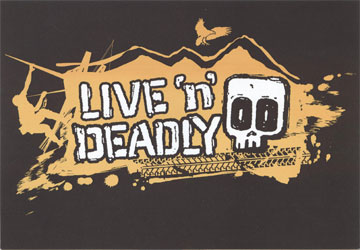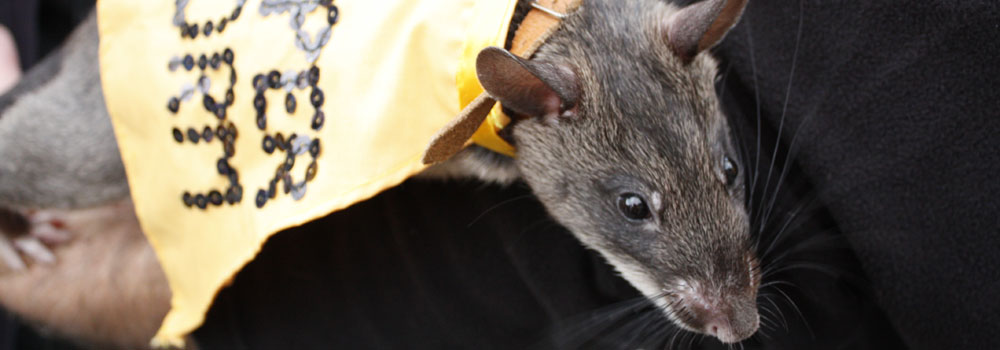Norman The Gambian Pouched Rat (GPR)

Norman is a S T A R!!! He has been featured on many TV programmes (living up to his name of CBBC Norman), and featured on both series of Deadly Days Out, when he and James McKay worked with Steve Backshall and Naomi Wilkinson. He is a very important member of The Animal Roadshow visiting schools, colleges and universities and also public events such as county shows, carnivals etc.
Norman lives at Honeybank in a multi-storey cage, which is kept in a heated building, ensuring that he is always toasty-warm. He has access to a nest box and an exercise wheel, although he spends more time in the nest box than on the wheel!



Gambian Pouched Rat Biological Facts
Natural History for Hero Rats
Gambian pouched rats (GPR) are only distantly related to the true rats, being closer to the hamsters, and are named due to their large cheek pouches; they are one of the largest species of rat known to Man. Females of the species may be capable of producing up to 10 litters each year. GPRs are nocturnal.
A Tanzanian social enterprise founded by two Belgians, called APOPO, trains Gambian pouched rats to detect land mines and tuberculosis with their highly developed sense of smell, calling the trained pouched rats HeroRATS.
The theory behind the process is termed vapour detection and is based on the fact that every item releases a specific odour signature. For land mine detection, APOPO traces the vapour of the explosive emitted from mines by using the extreme sensitivity of a rat's nose.
Two rat trainers stand on either side and are joined by a piece of string attached to a lower leg. The rat is then led across this guide and if it successfully finds a land mine is given a food-based reward.
When it reaches the edge of the box, the trainers take a side step and repeat this process until the whole sector has been searched.
The rat indicates the position of a mine by scratching the surface, but is too light to set off the explosive.
After a training period of up to a year the rat faces a series of tests and if successful will graduate to real de-mining duties in Mozambique.
Between 1977 and 1992 up to 1M people died in a civil war in Mozambique and large parts of the country were mined.
The work of the trained rats includes a confirmation search to back up mechanical operations, but they have also proved reliable enough for primary land mine location.
In fact, they have been so useful for clearing mines in Mozambique that the technology is about to be exported to Angola.
Dogs have been used for land mine detection for some time, but the rats have a number of advantages. Like dogs, they respond well to humans, but they do not bond to an individual handler. This means that in de-mining operations one person can deal with a number of rats consecutively.
They are also small enough to be easily accommodated and transported and can concentrate for much longer periods of time. More specifically, African Giant Pouched rats are endemic in Africa and resistant to most tropical diseases. Their one drawback is their life expectancy, which is only up to 8 years.
Often viewed as vermin, these rodents are now moving on to detecting tuberculosis in humans. In many parts of the world TB is a growing epidemic and early detection is vital for efficient treatment.
The APOPO project in Tanzania has been training rats to smell TB in human saliva samples with impressive results. A single rat can test as many as 150 samples in just 30 minutes. By contrast, a human using a microscope can test only 20 samples in a whole day.
